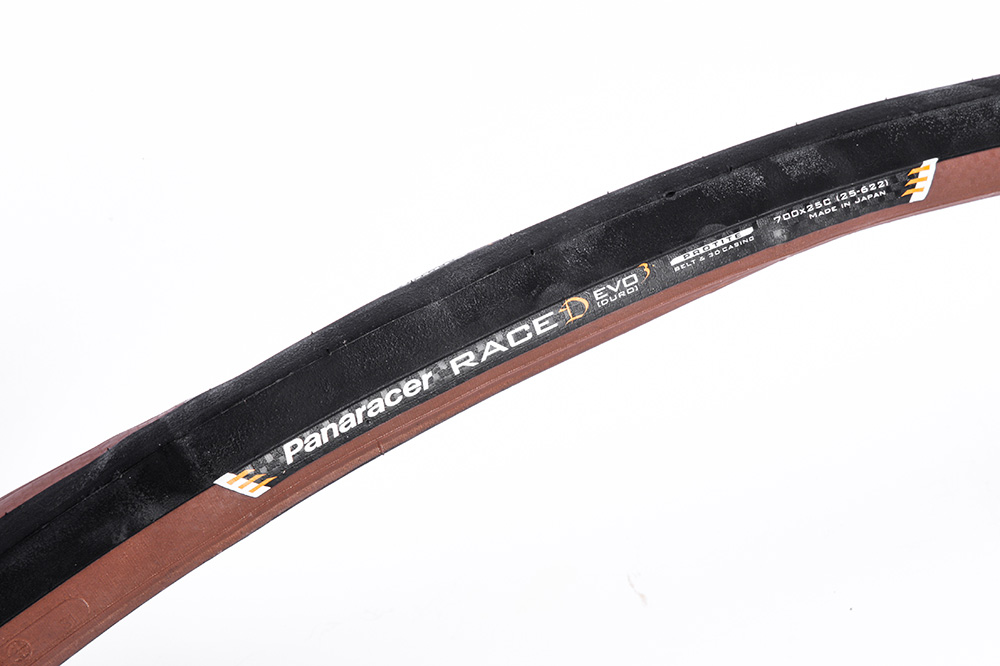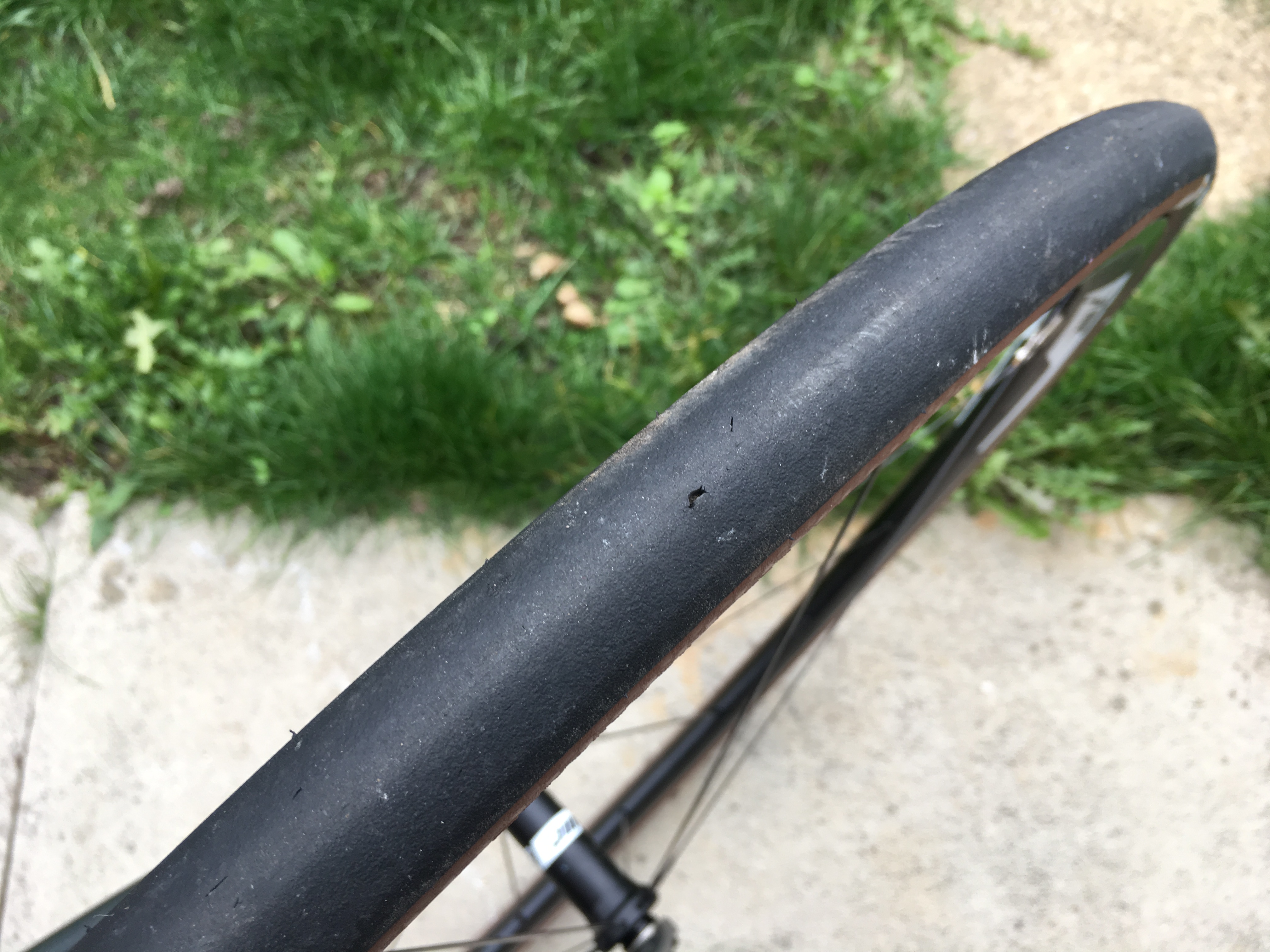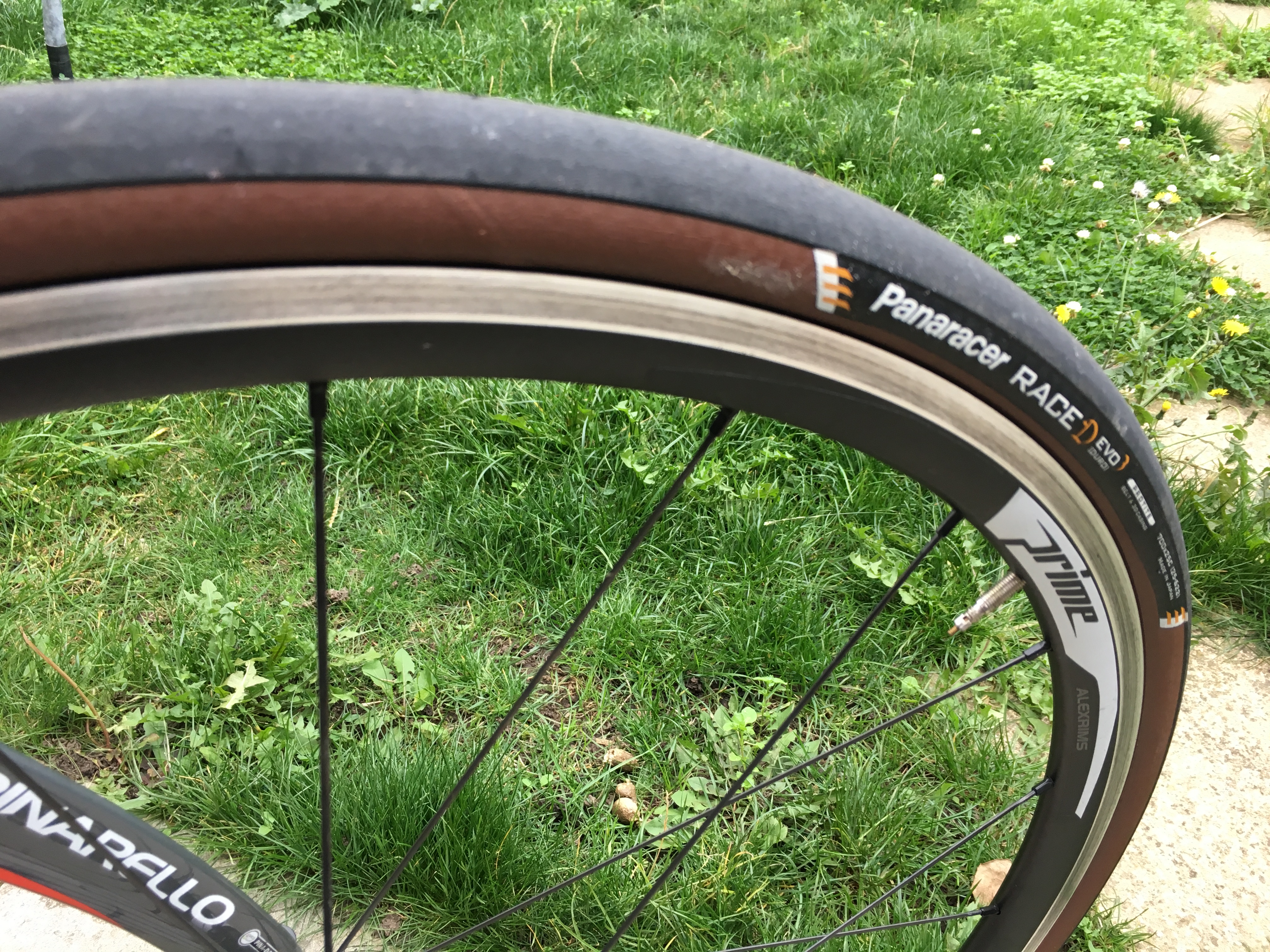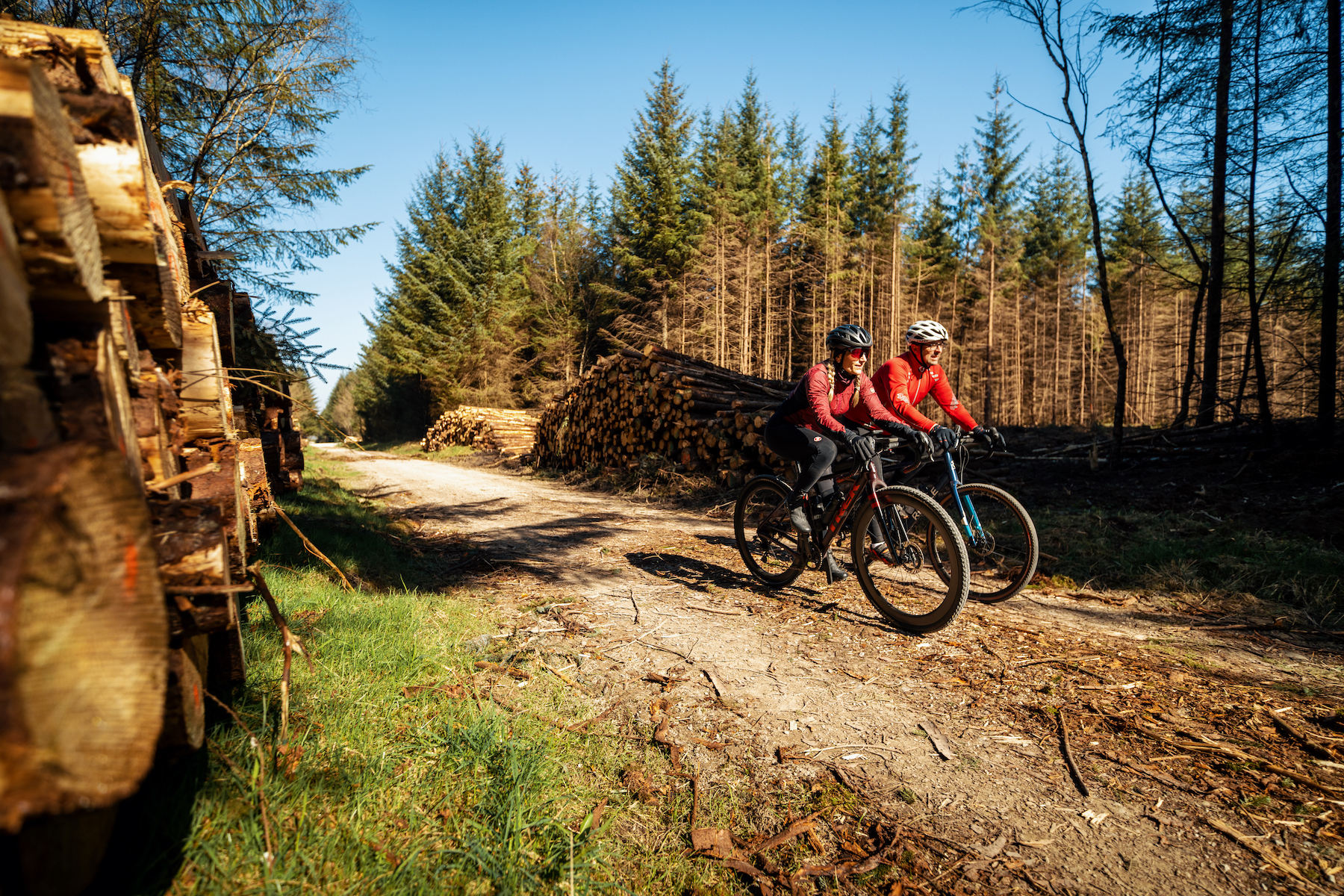Panaracer Race D Evo 3 review
If you want to get extra puncture protection but not ruin how your ride feels with traditional winter tyres, maybe this tyre from Panaracer is the answer?

Panaracer Race D Evo 3
All in all a solid set of tyres that will get you through a winter into summer no problem, barring disaster. They’ll certainly last a long time. Grip and rolling resistance is top notch and will make those miles tick by comfortably. At £44.99 a tyre though these are certainly a premium product.
-
+
Good grip
-
+
Low rolling resistance
-
-
I did have two punctures in succession
-
-
Pricey
You can trust Cycling Weekly.
Panaracer has stuck with the Race range for a while now and has optimised a nice system that easily allows you to choose the right tyre for you and the type of road riding you do. The Race Evo range is now in its third iteration and offers a smart looking and a hard wearing road tyre.
>>>> Should you change to winter tyres?
The range is split into three, Race A Evo for all round riding, Evo L for lightweight and the D, which we are testing here, aimed at more endurance riding like we do heading into winter. The D Evo uses the ZSG Dual compound and adds the 3D casing that is wrapped from sidewall to sidewall, along with, a ProTite Belt which Panaracer says makes this a highly durable and puncture protected tyre for all occasions.
>>>> How to puncture proof your tyres.
Unfortunately during testing I did puncture twice on the bounce (one front and one back). This was down to one bit or flint and a large piece of glass, which unless you are running solid tyres you can’t really avoid, so lets put that down to bad luck. They have held up well since and durability seems pretty good, with minimal wear and cuts made to the tyre.

Sadly that bit of glass has made a lasting impression with a small hole but as I say no problems since. Time to get a bit of glue out! That little mishap aside, the real selling point of the Race D Evo 3 is the grip and low rolling resistance. Usually with winter or endurance based tyres you feel sluggish and your ride lacks zip. However, these ride like most summer tyres I’ve tested.
With the slightly wider options 25 and 28c you don’t need to run high pressure either so comfort isn’t an issue. Just watch for how wide they are if run with a wide internal rim (most new wheelsets now have wider rims, which means you’ll effectively ride 26/27c without knowing, or even up to 30c if riding 28’s.)

Grip is great too and the ‘all contact tread shape’ along with the width and slightly lower pressure means you have great contact with the road. I had no doubt in their cornering ability. I must admit I didn’t truly push them in the bends. It is of course hard to generalise, but in the Kent lanes the mix of dry, damp and leaf filled roads didn’t kick up a fuss or the Race D Evo 3s. You have an option of 23, 25 and 28c in either black or brown side wall colours.

Thank you for reading 20 articles this month* Join now for unlimited access
Enjoy your first month for just £1 / $1 / €1
*Read 5 free articles per month without a subscription

Join now for unlimited access
Try first month for just £1 / $1 / €1
Get The Leadout Newsletter
The latest race content, interviews, features, reviews and expert buying guides, direct to your inbox!
Symon Lewis joined Cycling Weekly as an Editorial Assistant in 2010, he went on to become a Tech Writer in 2014 before being promoted to Tech Editor in 2015 before taking on a role managing Video and Tech in 2019. Lewis discovered cycling via Herne Hill Velodrome, where he was renowned for his prolific performances, and spent two years as a coach at the South London velodrome.
-
 Positive signs for UK bike industry as Halfords cycling sales grow
Positive signs for UK bike industry as Halfords cycling sales growRetailer admits that the impact of Donald Trump's tariffs remains to be seen
By Tom Thewlis Published
-
 'We don't own gravel - it's a community thing': the spirit of gravel is safe, say British Gravel Championship organisers
'We don't own gravel - it's a community thing': the spirit of gravel is safe, say British Gravel Championship organisersCycling Weekly travels to Dalby Forest to ride the championship course and find out where we go from here
By James Shrubsall Published
-
 'I have been ashamed for days' - Man who threw bottle at Mathieu van der Poel at Paris-Roubaix apologises
'I have been ashamed for days' - Man who threw bottle at Mathieu van der Poel at Paris-Roubaix apologisesIn a letter to Belgian newspaper Het Laatste Nieuws, the assailant apologised for his action on Sunday
By Adam Becket Published